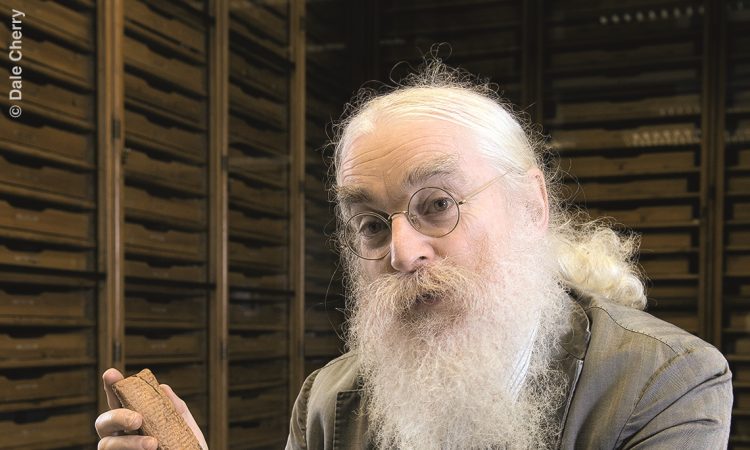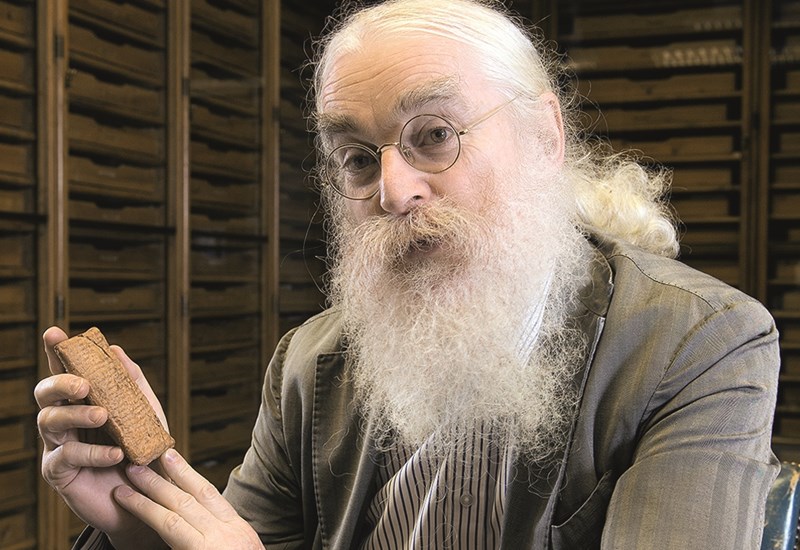Unveiling the Past: Ancient Babylonian Artifact Points to Location of Noah’s Ark

3,000-Year-Old Imago Mundi Tablet Provides Insights into Biblical Flood Narrative and Ancient Geography…
In a groundbreaking revelation that has captured the attention of archaeologists and theologians alike, scientists have deciphered the long-mysterious inscriptions on an ancient Babylonian artifact, known as the Imago Mundi, which is believed to provide clues to the location of Noah’s Ark. This clay tablet, dated to over 3,000 years ago, is hailed as “the oldest map of the world” by Dr. Irving Finkel, a curator at the British Museum and an expert in cuneiform writing. The tablet’s wedge-shaped script has baffled researchers for years, but recent studies suggest that its engravings make significant references to the Biblical account of Noah and the Great Flood.

Dr. Finkel explains that the Imago Mundi features a detailed representation of ancient Mesopotamia, which corresponds to modern-day Iraq, and is encircled by the “Bitter River,” a crucial geographical marker that outlined the Babylonians’ understanding of their world. The tablet contains navigational instructions, including a passage that advises travelers to journey “seven leagues” to find something as large as a “parsiktu-vessel,” a term denoting a craft designed to withstand immense floodwaters. This discovery not only emphasizes the cultural significance of the flood narrative within Babylonian tradition but also draws a striking parallel to the Biblical tale of Noah’s Ark, which is said to have landed on Mount Ararat—identified as “Urartu” in the Babylonian context.

The implications of this find are profound, as researchers assert that the story told in the Babylonian poem aligns closely with the Biblical account. As Dr. Finkel notes, the existence of the Imago Mundi offers a tangible link to the narrative that has persisted through millennia, affirming the idea that ancient civilizations shared common tales of survival and divine intervention. While some scholars remain skeptical about the exact location of the Ark, particularly regarding Mount Ararat’s geological history, the Imago Mundi serves as a testament to the enduring legacy of these narratives and the cultural memory of a great flood that shaped both Babylonian and Biblical lore. As this ancient artifact continues to spark debate and fascination, it invites us to explore the intersection of archaeology, faith, and the stories that define our shared human experience.




